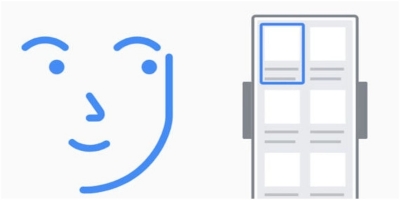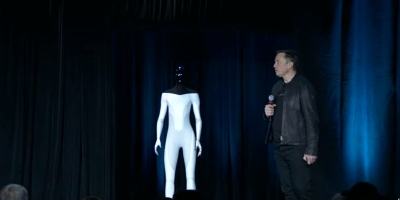Android 12 will let you control your phone with facial expressions

Google's new accessibility feature will let users control their phone with different facial expressions. The feature has been added to the Android Accessibility Suite as part of the upcoming Android 12 update. The Camera Switches feature will support setting gestures to specific controls. For example, the app can detect when a user opens their mouth and then map that to open the notifications panel. Alternatively, users can raise their eyebrows to return to their home screen. Possible face gestures include smiling, opening the mouth, and looking right, left or down. Users can set up these facial gestures and assign a task for each of them including select, next, previous, touch and hold, scroll forward and backward, home, back, notifications and more. Users will also be able to select how sensitive the gesture will be while recognising the facial expression by adjusting the gesture size and duration.
On Android 12, Google is offering different facial gestures such as open mouth, smile, raise eyebrows, look left, look right and look up. You can set up these facial gestures and assign a task for each of them. There are also options to choose the size of the gesture. For example, how big you want your smile to be so that the gesture can be recognised. Once you set up the gesture you can set an assignment for it.
There are different actions that you can perform through Camera Switches, and these include select, next, previous, touch and hold, scroll forward and backward, home, back, notifications and more.
When the feature is enabled, your Android phone will detect when you look into the front camera and make these gestures. A persistent notification is also shown when the Camera Switches feature is active to indicate that the camera is in use. XDA Developers also found this feature working on Android 11 devices by sideloading its APK, which means Google could make it available for devices running Android 11 or below.
Picture Credit : Google
